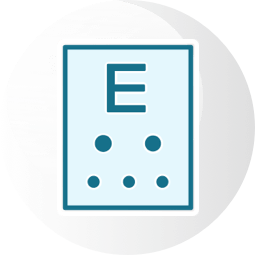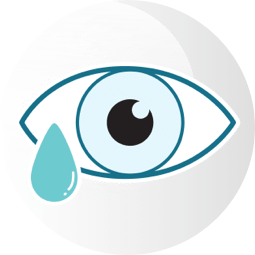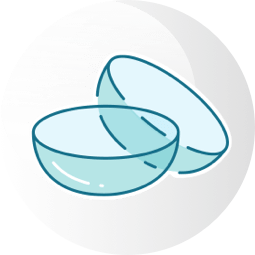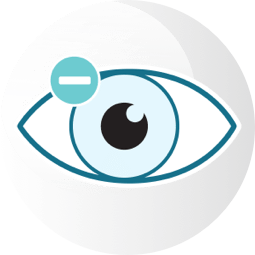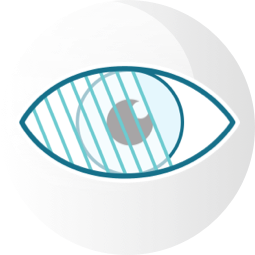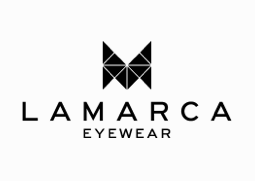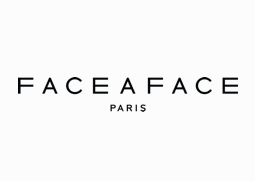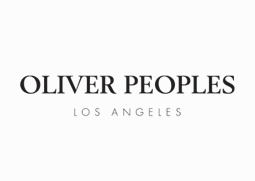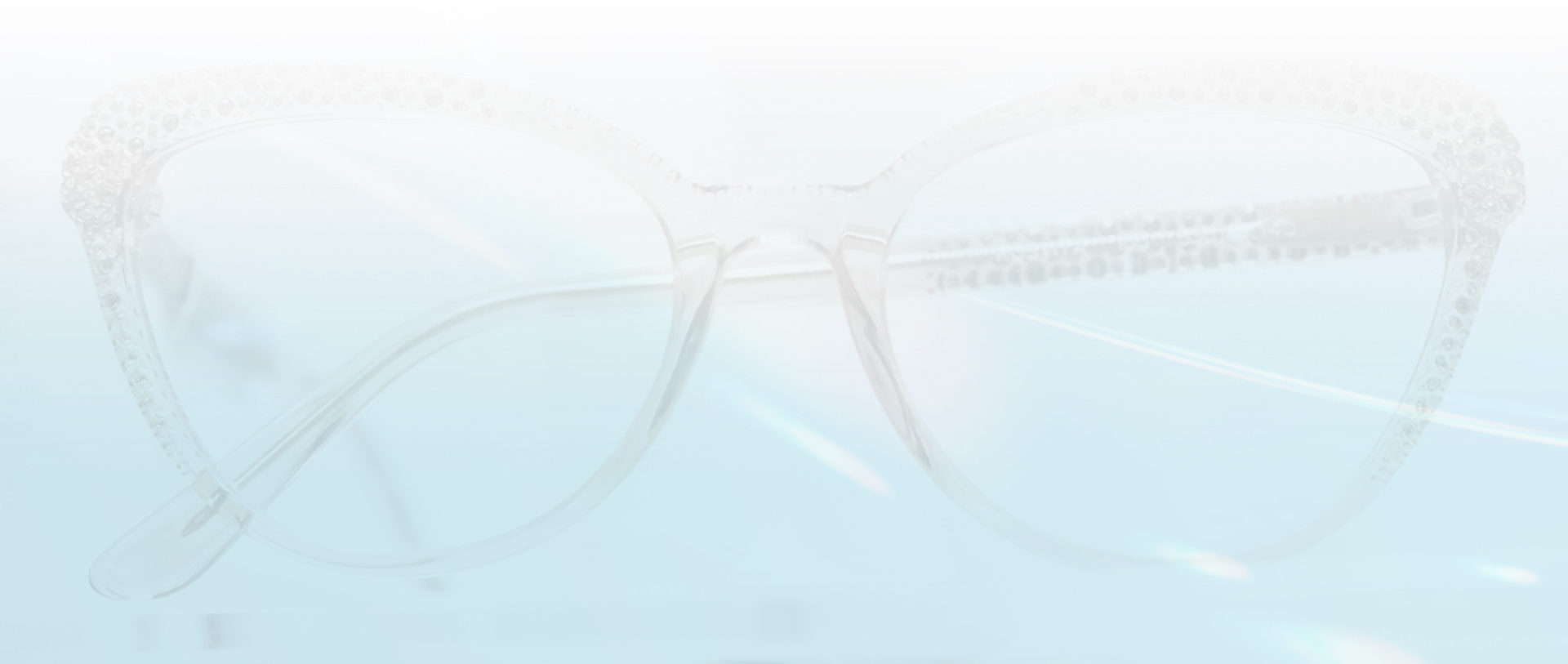When it comes to your vision, contact lenses and glasses serve the same purpose. But are contact prescriptions the same as glasses prescriptions?
The short answer is no, contact lens and glasses prescriptions are not the same. While both kinds of prescriptions are designed to give you clear vision, they interact with your eyes differently.
Why Can’t You Use Glasses Prescriptions for Contacts?
The difference between the two prescriptions lies in how glasses and contact lenses interact with your eyes. Glasses rest approximately ½ inch away from your eyes, while contact lenses sit directly on the surface of your eye.
This difference in distance from the eye drastically affects how light refracts into your eye—and, therefore, what kind of prescription you need. That’s why contact lens and glasses prescriptions contain different measurements and details to ensure that their respective lenses function properly.
How Do Glasses & Contact Lens Prescriptions Differ?
A few measurements will differ when creating your glasses prescriptions and contact prescriptions. Some of these measurements include:
- Power adjustments
- Base curve and diameter
- Astigmatism considerations
- Materials and brands
Power (Sphere) Adjustments
Both glasses and contact prescriptions include a power (or “sphere”) number that indicates the lens strength required to correct your vision. This number is often different for contacts compared to glasses because of the differences in distance to your eye.
Base Curve & Diameter (Contacts Only)
Your contact lens prescription includes two extra measurements that do not appear in glasses prescriptions:
- Base Curve (BC): This measures the curvature of a contact lens so that it matches the shape of your eye.
- Diameter (DIA): This measurement specifies the size of the lens needed to fit your corneal surface.
These measurements ensure that your contact lenses sit securely and comfortably without sliding or causing discomfort.
Additional Parameters for Astigmatism
If you have astigmatism, your prescription may include numbers for cylinder (CYL) and axis. These measurements correct the irregular shape of your cornea or lens. While these values are common to both glasses and contact prescriptions, contact lens prescriptions may also specify a toric lens design, which is specialized for astigmatism correction.
Material & Brand for Contacts
Unlike prescriptions for glasses, prescriptions for contacts specify the material and sometimes the brand of the lens. Each brand or material (e.g., soft lenses, rigid gas permeable lenses) is approved based on how well they work for your eyes.
What Happens During a Contact Lens Fitting?
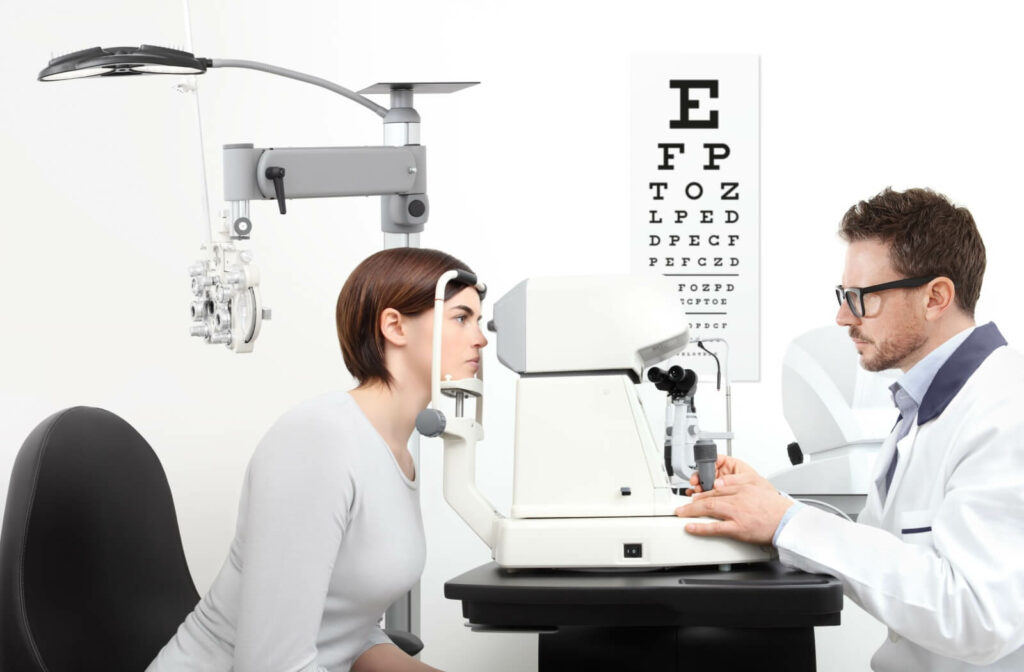
If you’re transitioning from glasses to contacts, your eye care provider will conduct a contact lens fitting. This process involves more than simply converting your glasses prescription. Here’s what you can expect:
- Corneal Measurement: A keratometer measures the curvature of your cornea to determine the appropriate base curve. This ensures that your contacts fit well and move naturally with your eye.
- Tear Film Evaluation: Your eye doctor may assess your tear production to recommend lenses that are comfortable or retain moisture.
- Trial Lens Assessment: Trial lenses are placed on your eyes to test fit, comfort, and vision clarity. Adjustments are then made as necessary.
Contact lens fittings are critical to prevent irritation, blurred vision, or more serious complications like corneal abrasions.
Why Is It Important to Use the Right Prescription?
Using a glasses prescription for contact lenses (or vice versa) could result in discomfort, blurry vision, or even possible damage to your eyes.
A mismatched prescription may leave you with blurry vision, which can leave you squinting or experiencing eye strain. The wrong contact lens size can also create irritation and dryness that makes it uncomfortable to wear lenses all day.
Improperly fitting contacts also increase the risk of complications like corneal scratches, infections, or reduced oxygen supply to the eye (hypoxia).
What Should You Do If You Need Both Glasses and Contacts?
If you plan to wear both glasses and contacts, make sure to schedule specific fittings and receive separate prescriptions for each. Most optometrists will discuss your needs with you during an eye exam and will address all your vision requirements.
During this process, it’s important to communicate your lifestyle needs to your optometrist so they can find the right contacts and glasses for your situation. For instance, if you live an active lifestyle or have a condition like dry eye, letting your optometrist know will help you get comfortable contacts that fit your needs.
Your vision does change over time, so it’s important to keep your prescription up to date. Adults should have an eye exam every one to two years or according to an optometrist’s recommendation. By keeping your vision wear prescriptions up to date, you can ensure clear vision and comfort all the time.
Get Prescriptions & Eyewear That Works for You
While both glasses and contact lenses can transform how you see the world, they’re distinct tools designed for different purposes. Whether you’re new to one or both, working with a trusted optometrist is the key to ensuring accuracy, comfort, and optimal vision.
At McCauley Celin Eyecare Associates our professional team can help you find the right glasses or contact lenses for you and your vision, so you can look and feel your best! Book an appointment with us today!




